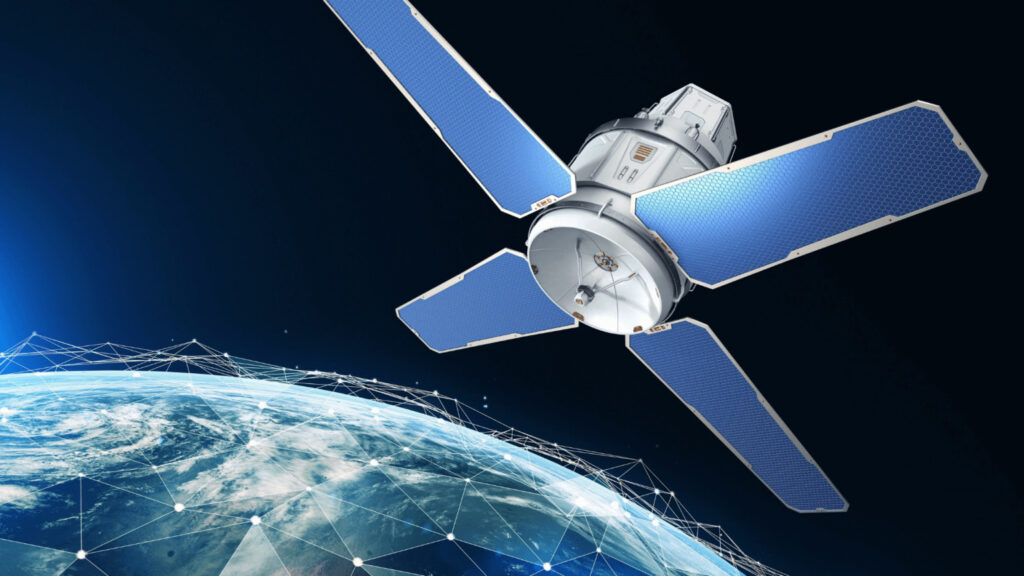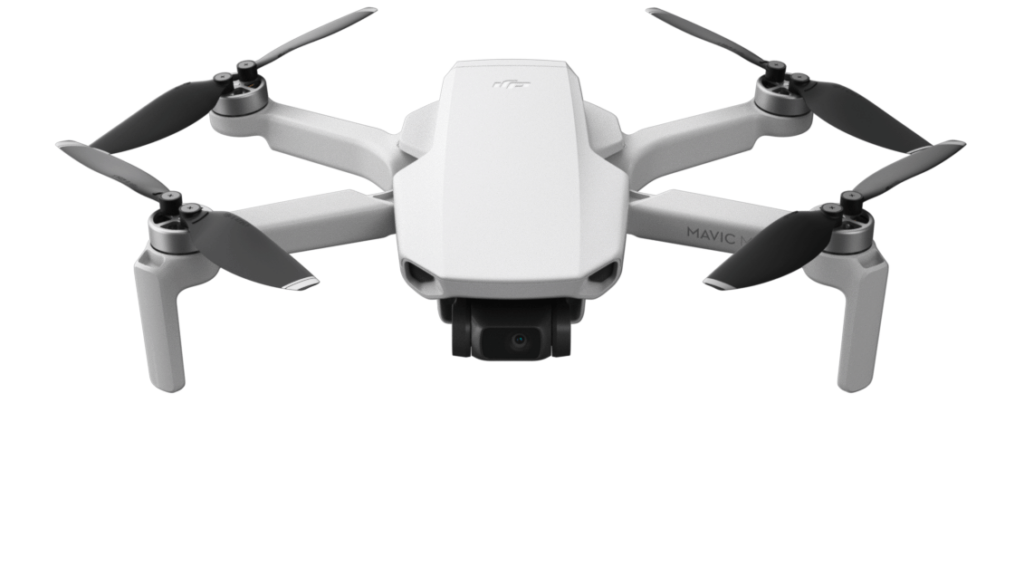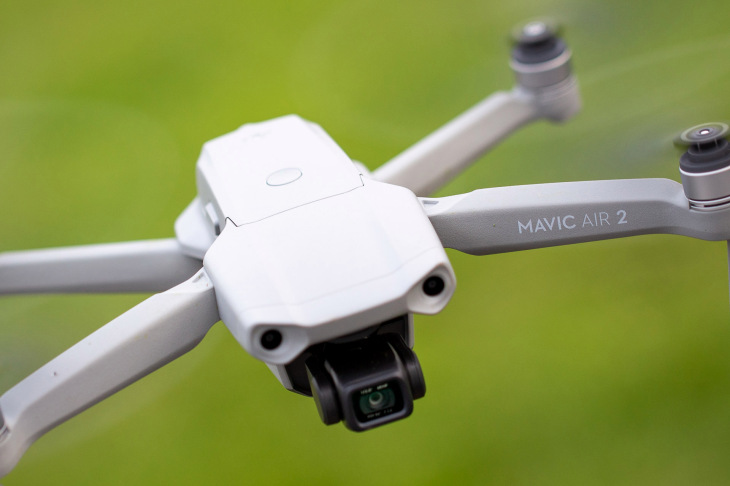Elon Musk, using his SpaceX Starlink network, has joined with Australia-based Unleash live to connect with and navigate drones in real-time through satellite connection.
After 3 months of testing, Unleash live released a beta version of its software. The partnership between Musk’s Starlink and Unleash live will provide the capability for drone inspections of energy infrastructures assets like electric transmission lines, wind farms and oil and gas pipelines in remote locations where connectivity is unavailable.
By using Starlink’s low-earth orbiting network of communications satellites a team from Unleash live was able to operate a drone flying at a remote location on Australia’s coast from their headquarters 125 miles away. Using Unleash live’s Autofly software and the low latency connection, the team successfully tested implementation of two AI apps – power line fault detection, and people counting and tracking. What this enables is the ability to receive high quality data from the drone with high speed. It also enables interaction with the drone in the field while it is in the air for better inspections and operational clarity.
There are three levels of control for the operators with remote access to the drone that the Starlink connection provides:
First – Zero control – The operator in the field does everything himself.
Second – Camera control – The pilot in the field is still in control, but the gimbal is controlled by a remote laptop in the office. Essentially, you are the photographer.
Third – With this level, the remote pilot is able to operate both camera and navigation control of the drone. Also with this level, the operator needs to obtain a certification for BVLOS from the aviation authorities in their respective country.
Starlink is building a constellation of satellites to provide Internet connectivity around the globe. The company has placed about 1,600 satellites since August 2021 but has plans to operate a total of 42,000. Musk plans to extend the coverage to 99–100 percent of the globe within a year. There is a live map on the internet where satellite coverage around the world can be seen. 30 to 40 percent of the world is covered by high-bandwidth, low-latency broadband. The Starlink network provides coverage across the Gulf of Mexico with its thousands of oil and gas platforms. It also provides coverage across the North Sea, where both Ireland and Scotland have large wind farms.
Imagine an energy operation that doesn’t have land based broadband coverage. You can stream data from any remote location to your office with millisecond latency. This is revolutionary for the inspection industry, but just imagine how this technology is going to change the world.



